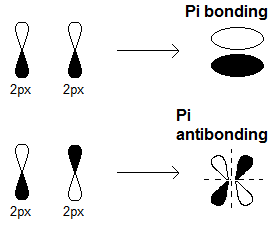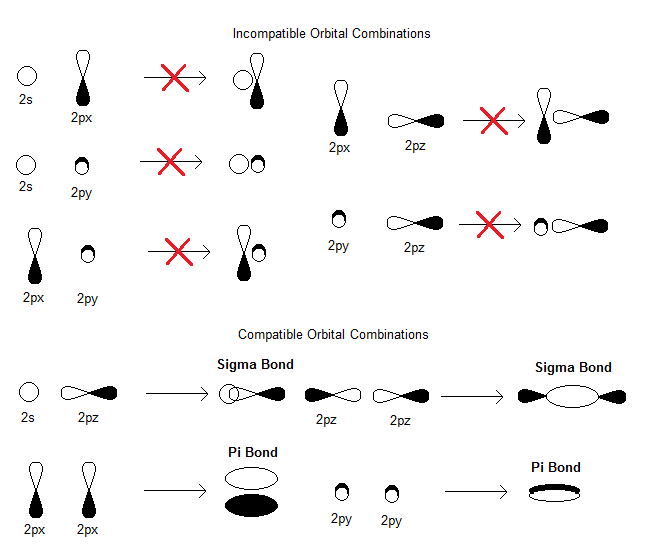Without making things too complicated, \mathbf(pi) bonds are formed by sidelong overlap, which means the orbitals have to be aligned side-by-side.
One of the two orbitals cannot align any differently to make the bond, even if it is offset/skewed by only a few degrees.

Conventionally, we take the z axis as the horizontal axis crossing both center nodes and the x axis as vertical, since the center nodes are where the atoms are.
Now, if we rotate the 2p_x orbital about the z-axis, even just a few degrees, that 2p_x orbital (which by definition is aligned along an x axis!!) is now following different conventions for its coordinate system relative to the other 2p_x orbital.
That... well, is no longer a proper pi bond, because the alignment is skewed... By the way, a 2p_x and 2p_y orbital are not compatible, either!

We don't want to rotate a bond and destroy the bond in doing so. All we can do is rotate both orbitals by the same amount at the same time, but that is rotating the molecule, then, not the bond itself.



